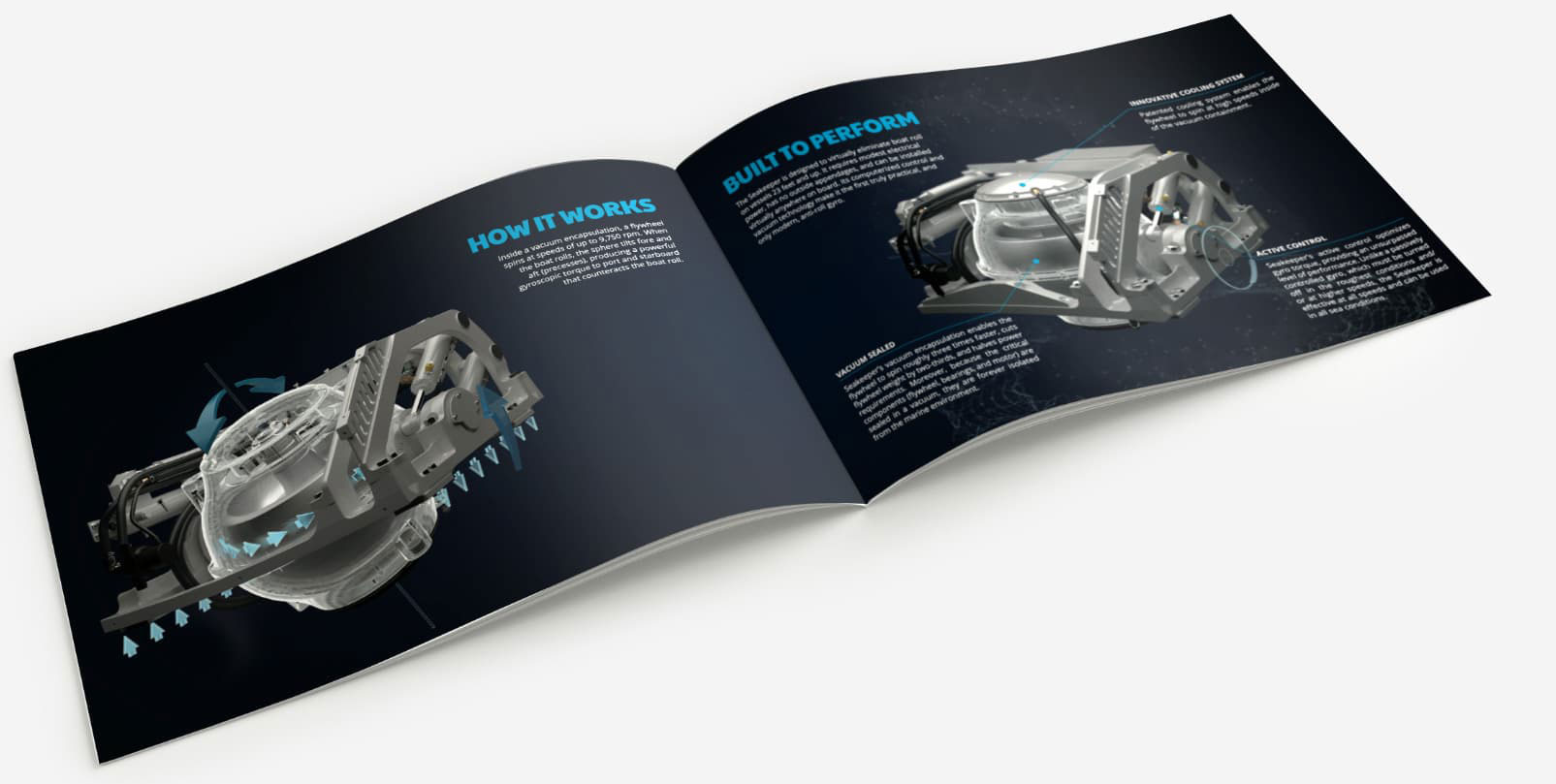Embedded Software Manager
I am responsible for a team that delivers the underlying structures of software that bridge the physical hardware – to the logic-structuring tools that engineers most often use for making intelligent systems like ours.
If your computer has Windows and Windows runs on a machine, our job is to properly connect Windows software to all the different chips in the system’s core. We make sure that they operate in harmony to guarantee “orderly and on-time electron delivery” inside and outside our computers.
I was a lead engineer in a project for ADAS (Advanced Driver Assistance Systems) initiatives at an automotive industry supplier. The initiatives were designed to make parking large semi-trucks with trailers easier.
April 2018
There’s been a lot of growth. It’s dizzying to see when you look back to just a short time ago and now – how much infrastructure, teams, tools, and knowledge we’ve amassed and curated.
It’s making sure that our EEPROM (power-down information storage) systems work reliably in our Ride platform. It’s a system that users and engineers alike expect (justifiably) to operate with extreme reliability, and it sounds deceptively simple to achieve. The challenge of implementing the means that guarantee reliability from the ground up has been a tall order to deliver on that we’ve tackled.
That would be developing the “MCP” tool (v1) most often used by the Systems Engineering team. It’s a tool that our Systems Engineering team regularly uses to calibrate/tune/monitor the inner workings of our Ride system while it’s in use. It isn’t a technical marvel in terms of what it achieves, there are a lot of tools out there that manage some form of this, but it’s been very gratifying that this tool, which was authored to deal with shortcomings in our other supplier-provided software, is so regularly employed for significant advanced systems development.
One thing, in particular, I like about working here is that there’s a genuine awareness that it’s not enough to just say “No” when pushing back on an initiative or idea. Certainly, there are limits to what can be done from resources, time, and people perspectives. In my earlier experiences with “old iron” companies I’d worked for, a handful of folks overtly made it their objective to be an obstruction for obstruction’s sake. That was because structures within those places rewarded it, in a sense. At Seakeeper, no level of the organization incentivizes being stationary and turning away from meaningful progress.
If an idea or initiative has merit, it’ll be met with diligent consideration. If there’s something misaligned between the idea and Seakeeper, I’ve always experienced that the misalignment gets expressed in simple, transparent terms. I’ve always made it a point to express that myself when giving feedback on ideas and initiatives here because with that transparency comes iteration and forward movement, and this company values that iteration. It’s not enough to say “No” here.
Right now, I’m adjusting to fill a managerial role from a much more technical orientation, which has been challenging. I’m looking to bigger organizational tools to make an impact rather than looking to be the one holding onto the knobs and levers of what we’re doing day-to-day.
1) Very intuitively: Be flexible.
2) If there’s something wrong: Say something.
3) Show up with data whenever possible.
I’d say Mike Gallagher: He’s offered a lot of insight and guidance about things I’ve mentioned here and a good deal more.
“Equanimity under fire.” – It has little in the way of hidden meaning. In high-stress, high-velocity scenarios – it’s been chiefly important to me that I be in control of externally and internally facing emotion-driven reactions. It’s just something that’s been valuable to me throughout my career.
I find folks are often surprised to find out that my degree/formal education is actually in Mechanical Engineering. Everything that’s led me to this position and the path my career took in the industry has been a hodgepodge of consuming meaningful tools and failings and finding ways to apply them in practice in my work. I’ve found it really rewarding to cover so much ground in the work I’ve done since my first days in the industry.

